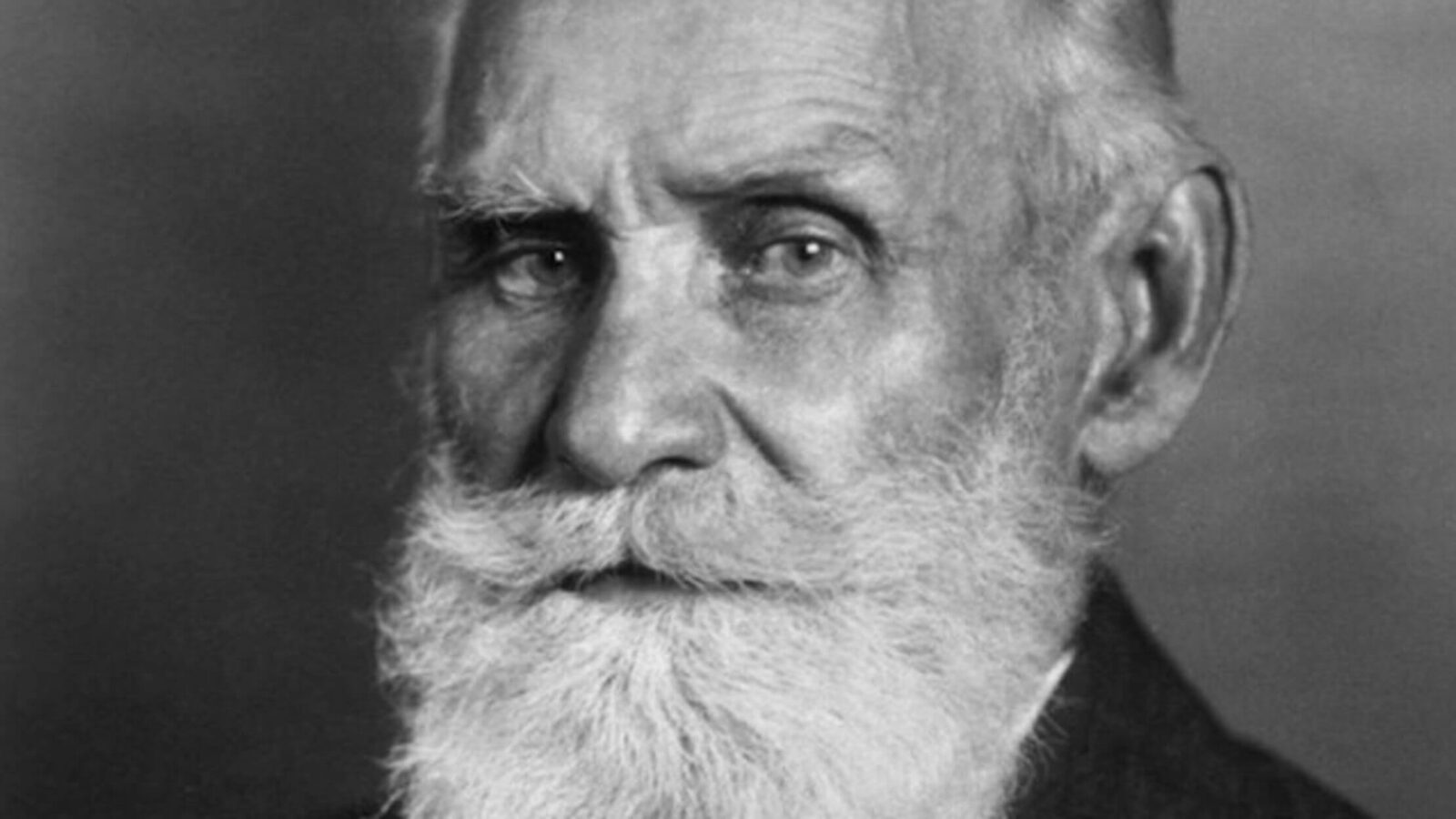The principle of classical conditioning

The principle of classical conditioning (also called Pawlow Principle) describes the conditioning of a being to certain reactions to certain stimuli from outside. It means that a being can be trained to behave in a certain way in connection with certain events. This works particularly well when a particularly positive or negative event is combined with a second event, the change of which is desired.
What this means for the advertiser and how it can help us to increase our conversion rate will be explained in the following article.
What does Pawlow’s principle say?
The Pawlow principle is based on an experiment with a dog and its behavior in relation to food intake. In his experiment, Pawlow combines the neutral event of ringing the bell for the dog with the highly appealing event of feeding the dog. In the run-up, Pawlow determined that the dog reacts relatively neutrally to bell people by simply putting his ears up. When food was given, the dog reacted relatively strongly, among other things with increased salivation.
Pawlow now linked the two (i.e. neutral and highly irritating event) together to determine whether he could transfer the reactions from one to the other. In fact, Pawlow found that after repeating the connected procedure, the dog now reacted to the mere event of ringing the bell with increased saliva flow. The dog was successfully conditioned, he now associated the positive event of food intake with the bell people and reacted accordingly strongly and with increased salivation, even without the actual presence of the actual food.
Classic Conditioning in Marketing
The principle of classical conditioning can also be applied to people and is already successfully used in marketing. Thus, many of us associate different companies or products with different stimuli, without having anything in common with each other in a natural way.
When you play the above sound file, you may think directly of the Nokia brand. This is because your brain has created a link between sound and brand through conditioning. We know the same from Windows Startup Sound, for example.
Both are noises which many of their time have constantly encountered in everyday life and in which the association with the associated brand or product has become very strongly ingrained. One has often thought about or been made aware of the associated products or brands (a Nokia phone is constantly ringing somewhere or one switches on one’s PC). The same is not only true for sounds, but for all kinds of things: Magenta = Telekom, handkerchief = speed, parcel = post and so on. If, by the way, you thought of Hermes for parcels for example, that’s okay, in that case you were simply conditioned differently than me. However, if you thought of Mercedes with a handkerchief, I would be very surprised.
Classic Conditioning on Landing Pages Using the Example of a Dating Landing Page
Admittedly, sustainable conditioning takes time and rarely happens through one-time perception of two stimuli at the same time (if they were not earth-shattering positive or negative). So how can you profit from the principle of classical conditioning, within the framework of a landing page, if the customer will perhaps only visit my landing page once!
First of all, conditioning does not necessarily have to be sustainable. A landing page often pursues a short-term goal, such as simply generating a signup. In this case, sustainable influence only comes later when contact with the user has already been established.
A landing page that simply contains a signup form will only provide little conversion. So the customer should be made clear what it is about, what we want from him and what he can expect from our product. In addition, users are more likely to be lazy about interaction or need to be encouraged to interact. In particular, filling out a signup form causes cramps in the user’s typing muscle.
Before we deal with the content of the landing page, we have to be clear about what a potential customer expects from my product. I think it’s obvious that someone who logs on to a dating site is looking for togetherness — really quite broadly speaking — of course there are several gradations here that could all be served separately. So if we know that our potential customer is motivated to find a partner, we can use this to condition him to fill out our signup form by teaching him that interactions with our landing page have positive effects.
